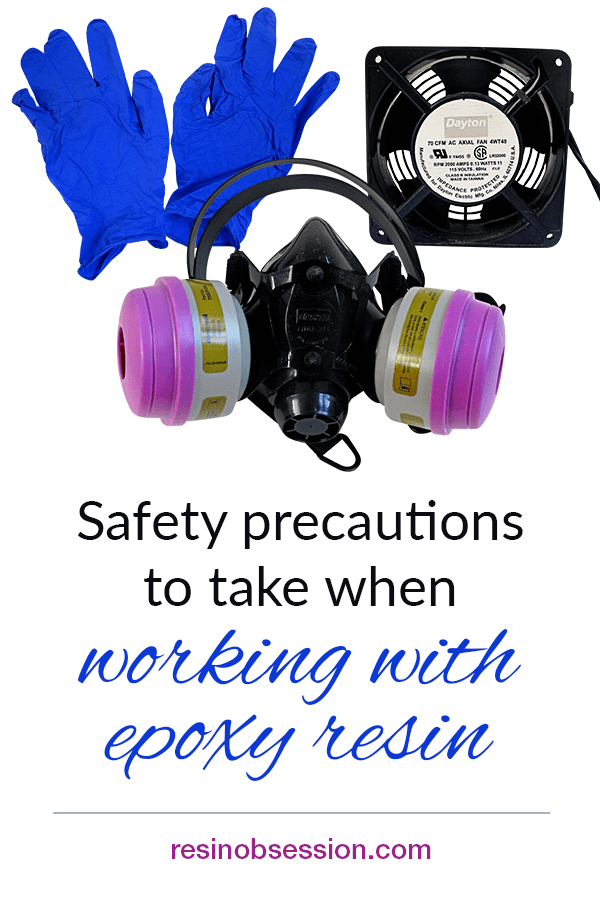
I’ve been a resin artist for more than 17 years and have stayed safe and healthy because I follow these tips.
Every time I use resin.
1. Wear gloves.
You need to protect your hands from resin kit liquids. After all, these are chemicals. It’s no different than protecting yourself from other things around your home like bleach, paint, or weed killer.
You can wear nitrile gloves or latex gloves. Both work great to protect your hands from resin kits. And if you’re careful when removing them, you can reuse them another time.
What do you do if you get resin on yourself?
Baby wipes are a great thing to have handy to wipe your skin. After that, use soap and water to get off any remaining residue. A pumice soap is helpful in case the resin is sticky.
⭐️ BONUS: How to clean your hands from resin.
2. Have good ventilation in your work area.
Now I know what you’re thinking.
What’s good ventilation?
Well, if you were a lab animal, you need a complete air exchange in the room every 15 minutes. (I have some really random facts floating around in my head.)
And how does that apply to epoxy resin safety again?
It’s the goal I strive for when I’m ventilating my resin room.
Here’s how I do that:
Open a window or two
Have cross-ventilation in your resin crafting room, weather permitting. Open a window on each side of your room to move air moving through the space.
Turn on your ceiling fan
If you have a ceiling fan in your room, set it to run to draw air away from you to the top of the room. This is especially helpful if you can’t open the windows.
Use other fans to keep the air moving
Even a desktop fan can help to move the air. This is a little fan I use to draw the fumes away from the resin.
3. Wear a plastic apron.
Let’s face it. When working with epoxy, spills, and drips happen. Not only is it awful to ruin your favorite shorts, but sometimes you don’t even know you’ve done it. (Until those favorite shorts come out of the dryer.)
What kind of resin apron is best?
Wear a PVC apron. Should resin get on the apron, you can wipe it off or peel it off once it cures.
4. Have on safety goggles.
I’m guessing you’re not bathing in this stuff. Although the way some other companies talk about their products, they would have you believe you could. (more on that in a minute)
Nonetheless, safety glasses are an inexpensive way to keep your eyes protected from epoxy resin.
5. Wear a respirator.
Okay, don’t freak out here. 😬
First, many resins do not need a respirator when used.
How do you know?
You can find that information on an epoxy resin safety data sheet in the personal protection and precautions section.
But, once again, we’re talking chemicals. That means you can’t be too safe.
💡 Pro tip: Just because you can’t smell anything doesn’t mean dangerous vapors aren’t there.
If you want to use a respirator, make sure it is a NIOSH-approved respirator for fumes (not an N-95 mask). I get my respirator and cartridges from PK Safety. They have several styles. Their customer service is excellent in helping you get the one you need based on how you are going to use it.
💡 Pro tip: Ladies, you will do fine with a small respirator mask. They will tell you that most of their clients need a medium, but they must be working with a lot of big lumberjacks. Mine is a size small and fits perfectly.
6. Use a resin for arts and crafts.
You need to see the ‘conform to ASTM D-4236’ designation on the label.
If you don’t…don’t use it.
Those companies that lead you to believe you can put this stuff on as moisturizer are also the same ones that don’t have this designation.
That’s about 90% of the resins out there.
If you don’t buy your resins from Resin Obsession. (As much as I’d love to help you create something GORGEOUS with resins that have this important classification.)
Please don’t buy resins that don’t have this labeling.
They aren’t safe for you to use.
7. Have access to a resin kit’s safety data sheets.
To be even more thorough, ask for a resin’s safety data sheet (SDS). It has information about who to call in case of a severe emergency.
💡 Pro tip: I would never use a resin where a company would not share a safety data sheet with me. It implies the company has something to hide.
⭐️ BONUS: Here are the 10 questions you should be asking before you buy resin.
Have more questions about epoxy resin safety precautions?
Learn more about how to use resin safely and successfully in the ebook, Resin Fundamentals. It has everything beginners need to know to go from confused to confident when creating with resin. Buy the PDF book now and get an email download link in minutes.
Unpublished Blog Posts of Resin Obsession, LLC © 2024 Resin Obsession, LLC



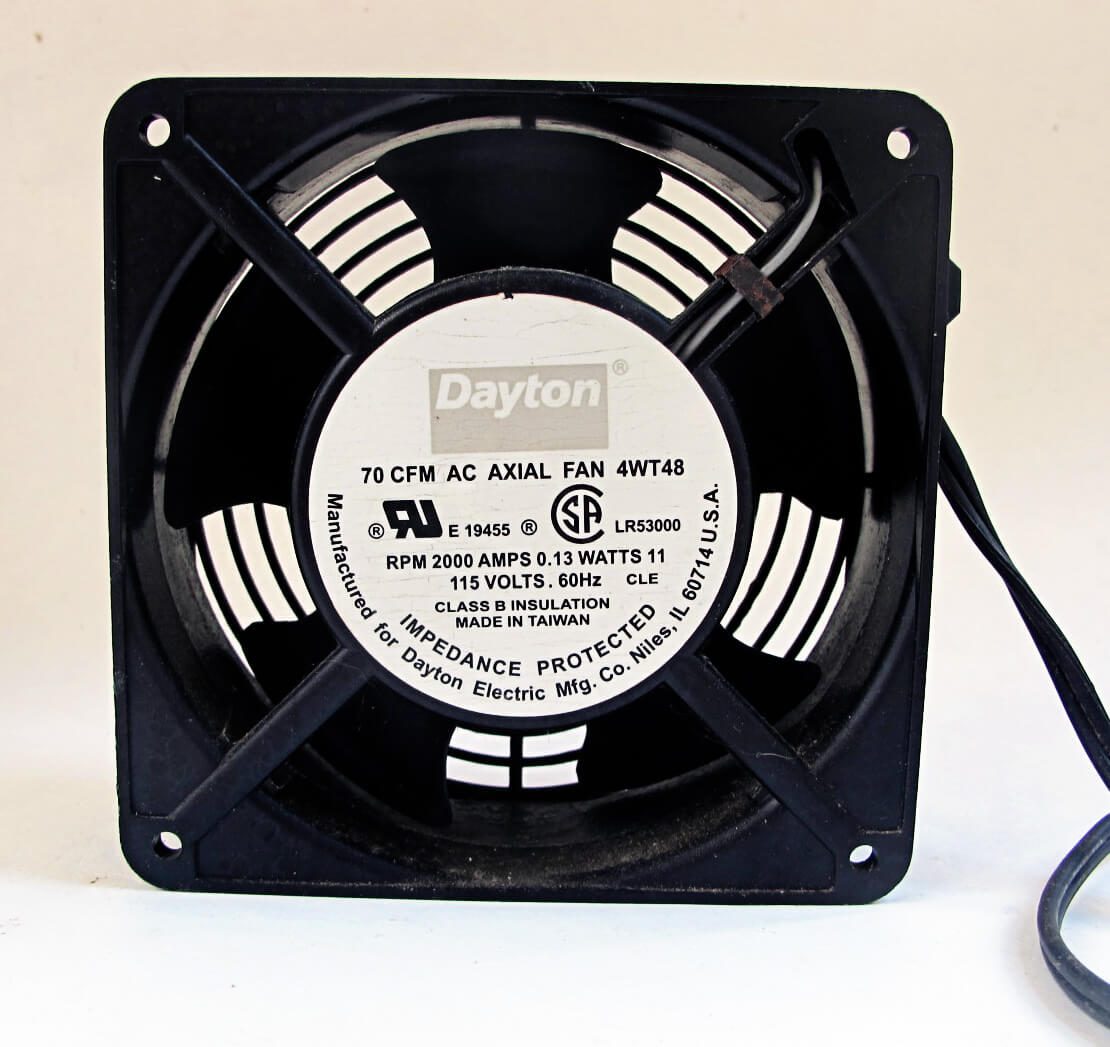
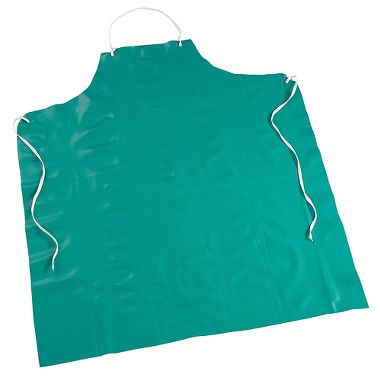
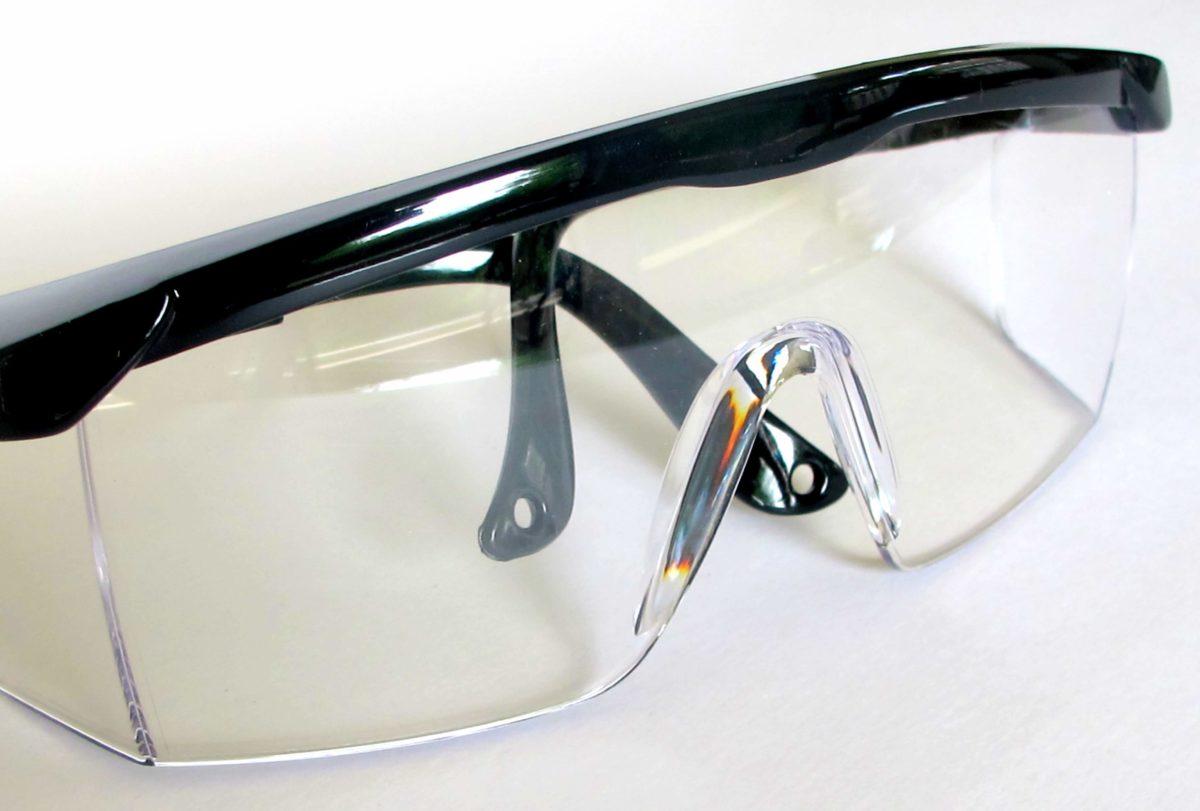
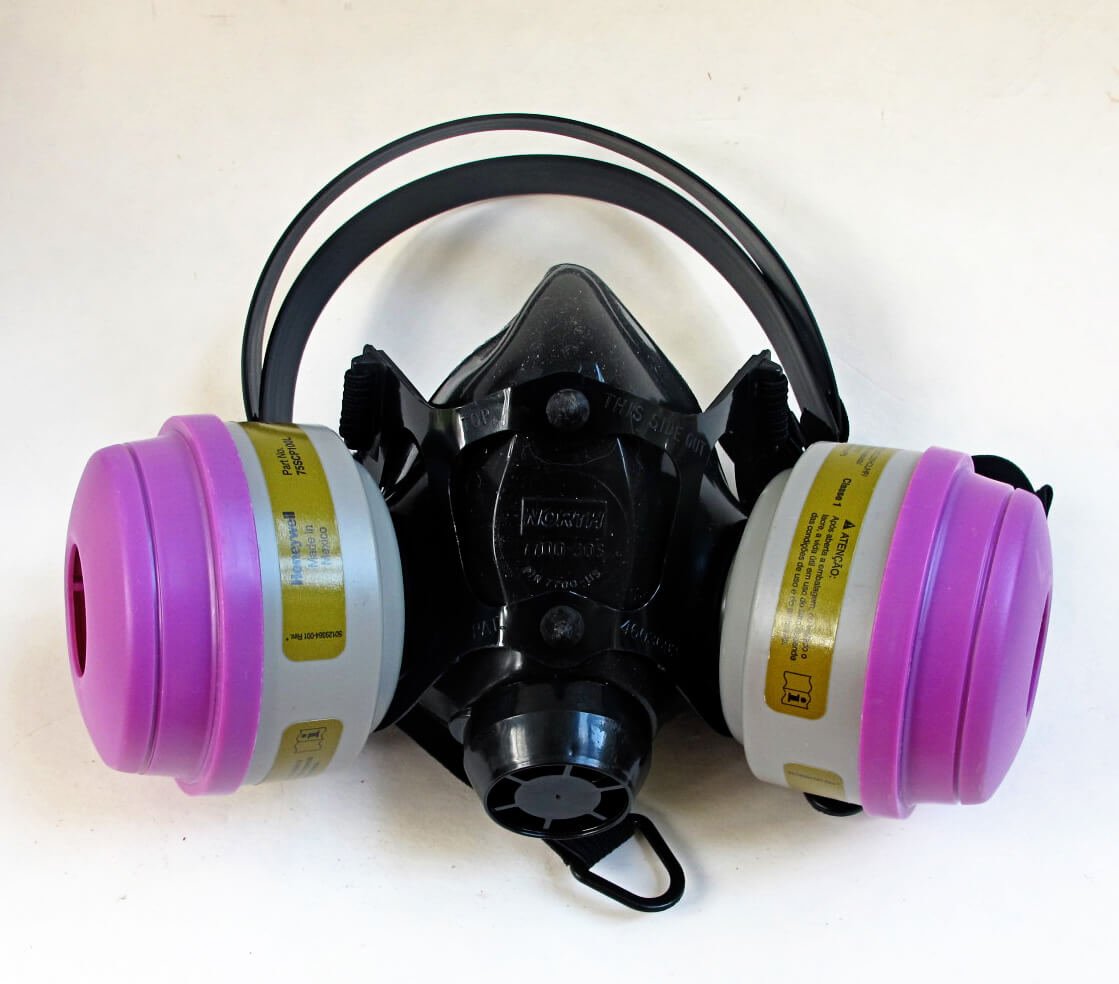

I use Alumilite resin to coat my wood turned bowls. I sand with 220 between first and second coat and wipe dust off with denatured alcohol on a paper towel. This seems to work fine allowing 20 min dry time for the alcohol. The alcohol does not seem to react with the first sanded cure coat. Do you have any suggestions to improve this?
Why are you sanding?
I am new to the epoxy/resin world. Just bought a box for craft purposes but I want to make sure I’m not going to harm my family, pets and myself. My Q is, would this set up be safe; craft room, door closed,window open w/a fan in the window facing outward and a fan near the project on the table, and an oscillating fa stand fan as well. Respirator mask and other safety equipment. AFTER, the resin is on my tumbler, spinner is spinning, and the remaining resin is disposed of, is it safe to close the window, but leave fans on w/door closed between resin applications? I really don’t want to leave my window open for 24-48 hours.
Hi Kathryn, I’m happy to hear you are taking safety seriously! This question sounds like one you should ask the manufacturer of the resin you are using. They can best direct you on how to use their products safely.
Good information, Here is detail for safety.
Thanks, those are great safety tips for beginners. one thing is missing (and other safety manual do the same) and it’s the about kind of eye protection to wear when, like myself, you must wear glasses. I wear big glasses because I’m nearsighted and the safety goggles are difficult and uncomfortable to wear with no good protection as a result. So, is there a solution for working with resin and the sanding it or should I invest in a full mask.
Hi Erik, you can wear safety glasses with a particle mask when you are sanding. You can buy them in our store here: https://shop.resinobsession.com/products/safety-glasses
Hi,
I am just wondering if there are any resins that are suitable to work with with children. My 9 year old is desperate to do some crafting and I had thought she could maybe make some resin items, obviously fully supervised and assisted by an adult. But is this suitable to be doing with a sensible 9 year old? And if so where can I get PPE suitable for her? Do you ship to the UK? I have bought some moulds already but I Havnt bought any resin as yet, as it is quite pricey I wanted to fully research what I need/ what is suitable before fully committing to doing it!
Thanks in advance.
Hi Laura, resin isn’t suitable to use with a nine-year-old. They don’t have the mindfulness to be thinking about resin safety.
Hi Laura. There is an arts and crafts epoxy resin that’s been passed as safe to use in the hoke and around children.
There are codes relating to safety that you should be looking for to confirm the resin is safe to use
Tho remember all epoxy resins are only safe if you follow the set guide lines IE ppe. Including ventilator mask. Proper ventilation. Including extraction and air circulation . Gloves Google’s and aprons.
There are alot of bad suppliers out there that offer extremely hazardous resins which should only be used in controlled environments. Such as in industrial buildings which have suitable controls in place for dealing with vapours etc
The arts and craft version I mentioned apparently doesn’t give of any hazardous vapours but please god always remain vigilant in regards to this
As I’ve seen alot of videos of people who have tried doing craft with epoxy resin and over a year after only short use they are still suffering the effects of breathing in the vapour.
Having caused serious damage to there lungs.
Scary thought .
Especially where kids are involved .
As God forbid children cause irreparable damage to them selves so early in life and then suffer the consequence for the rest of there lives.
Tho don’t let me put you off
There are safe to use resins which are suitable for kids to use.
But handle properly
There are also some resins which are better for the environment too. As some are incredibly destructive to the environment.
Which is one of the big issues with epoxy resin.
Tho once set they tend to become inert as long as you aren’t messing about with it.
Sanding ect
Otherwise please follow the guildlines here too.
The world is already damaged so much. The oceans in particular.
So we must avoid for ever chemicals .
There just not worth using
Such as teflon. Non stick . Which has been found in 90% of the world’s population and thats just us. The natural world has been hit so badly from teflon. Such a horrible chemical which is sadly still being produced and used in so many products even fast food containers..
Scary thought
If we all take more care in our day to day life. We could make such a difference.
Sadly alot of people still don’t seem to care
Or they say. That won’t happen for a hundred years and I’ll be gone then
I really don’t understand that mentality
I’ve even heard parents say this
Well what about your kids/grand kids I say .
And they say they won’t be around to worry about it.
Seriously what the!!!!
Can you use epoxy resin for deep/large molds
Hi Ledia, yes, epoxy works great in deep molds. This one works really well: https://shop.resinobsession.com/collections/resin/resin-obsession-deep-pour-resin
do I need to wear a respirator when using a small amount of epoxy resin like to make a small keychain?
Hi Lily, the SDS of the resin you are using will specify if a respirator is required when using it.
Hi Kathryn, I made four placemats with autumn leaves that I found this Fall. I used Mod Podge on the individual leaves to preserve the color and then used Mod Podge to have the leaves adhere to the base, which is a paintable canvas board. The board is about 1/8″ thick. The top of the placemats is not flat because of the curling of some of the leaves but it is not bad. I thought I could cover with contact paper so they would be protected and I could use for a few years. I put hours and hours of work into each placemat. However, the contact paper does not adhere and makes the leaves cloudy looking. The only other option to protect the mats seems to be coating top, sides and bottom with resin. They are 14″ by 11″. I would appreciate hearing what your thoughts are on how to protect the mats. Enjoy a wonderful holiday season.
Carol
Hi Carol, it’s hard to say what you should try next without seeing the situation. Would you be interested in booking me for a coaching call? A 15-minute call is $20 and I do them by Zoom. If you would like to get that started, send me a message through the contact us link.
I have started to become lightheaded after working for long periods of time. I’m going to invest in a respirator, but want to make sure I get something safe and COMFORTABLE! This article was very helpful. Can you please provide specifics on what all you ordered for your mask? Brand, filters, etc. Thank you!
Hi Jennifer, I suggest asking the mask retailer for help. There may be something newer and better than what I have. I’ve found the team at PK Safety has been very helpful in making sure I get the right resin safety supplies.
Katherine,
This is probably another one of those “it depends” kind of questions/answers, but even if you keep your windows open to ventilate the room you use the resin in- with the door closed- is it generally safe to use in a house with other people? (For the purpose of this question, I would likely be starting with epoxy resin).
In conjunction and/or addition to the first question: it is necessary for me to walk through my craft room to get from my bedroom to the rest of the house. From your experience, if I used a resin that instructed me to wear a respirator while using the resin (or maybe even without a respirator), once the project is setting and the windows are open, would it be safe to walk through the craft room or would I typically need to avoid it for a few hours while it airs out?
Please and thank you 🙂
Hi Becky, I’m afraid it really does depend. It’s hard for me to say what you are doing is appropriate without seeing your space.
Que tipo de resina usar em acabamento de telas pintadas com tintas acrílicas. Obrigada
Hi ive been using resin for 4 months then one day came out in a very bad rash on my face and one hand the doctor said it looked like an allergic reaction it was very itchy and then my face began to swell I am very upset as I love making things with resin would you suggest to not use at all or are there a safer resin to use for craft?
Hi Sarah, I’m sorry to hear this happened to you. I’m sure you are disappointed. :(. Unfortunately, I don’t have the medical expertise to know whether or not you should continue using resin.
i use resin in my room but no mask, no hand glove. window close, fan also. its dangerous for my body? my lung? i cant sleep thinking about it. im scare.
Hi Mira, you should review the safety data sheets for the resin kit you are using. It will detail the specific safety precautions you need to take when using it.
Hello. I have a question. Since we are dealing with chemicals has there been any evidence that the fumes have any effect on a persons mental well being?
Hi Joyce, I don’t know of any studies on this.
Nitrile gloves are also commonly recommended gloves. It is generally resistant to chemicals. It blocks the passage of harmful amines, so the skin won’t get irritated.
very wrong to reuse the gloves, all gloves have a limited amount of time that they can protect your hands, some are like 1 minutes others have like 6 hours
Aside from gloves, it’s necessary wearing N95 masks, personal protective equipment (PPE), and even goggles.
Hi Zoe. I’m glad to read you’re taking safety seriously. While wearing a mask is important, I want to clarify that an N95 mask is not sufficient. It’s a particle mask. Resin requires a mask for fumes.
Hi, so I’m just about to step toe into experimenting with Resin because I know it will be a game changer for some of my artwork, but I’m a little scared because of all the side effects I’ve been reading online and how it can be damaging to once health. I have a young child at home and won’t want to endanger them. Is there a saver option and non/less toxic Resin you can suggest for me?
Thank you.
Hi Joy, I’m glad to hear you’re taking resin safety seriously. This article will help about non toxic resin: https://www.resinobsession.com/resin-frequently-asked-questions/what-does-non-toxic-mean/
I work in a small bedroom in my home. I mostly work with UV resin but sometimes with epoxy resins. I use a respirator and open a window and run a fan. I would like to invest in an air purifier as well. Do you have any recommendations?
Hi!
I really appreciate your efforts. Keep sharing such informative stuff. Really amazing. Thank you.